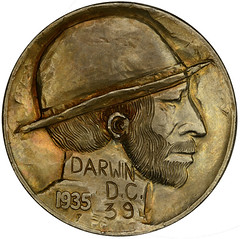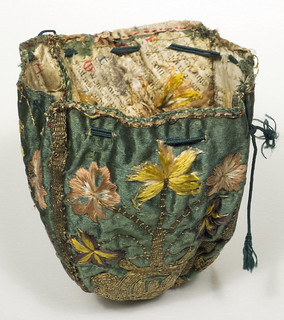
PREV ARTICLE
NEXT ARTICLE
FULL ISSUE
PREV FULL ISSUE
LOOSE CHANGE: NOVEMBER 15, 2020Here are some additional items in the media this week that may be of interest. -Editor
CoinWeek Profiles Hobo Nickels On November 13, 2020 CoinWeek published a nice profile on Hobo Nickels. -Editor
Classic old hobo nickels (1913-1940)
To read the complete article, see:
The Purse Made from a Book For bibliophiles, here's a February 2020 Atlas Obscura article I came across this week about an unusual 17th century Italian purse housed at the Boston Public Library - it's made from a 15th century book! -Editor
Whoever made the bag, likely in Italy in the 17th century, started by deconstructing a volume and snipping the bifolia-the sheets of parchment that were folded to make the pages-into four tapered triangles. They stitched these together around the edges to form a little skeleton to build the rest of the bag around. The fragment is "an integral part of the purse itself," says Jay Moschella, curator of rare books at the Boston Public Library, who recently acquired the object from Bernard Quaritch Ltd., a London dealer. The bits of bifolia wouldn't otherwise be visible, but are here because the lining has gone missing. "It's the non-decorative insides you weren't meant to see," he adds. "It looks fascinating now, but when it was produced, you would have had no idea that there was a fragment inside of it."
To read the complete article, see:

Wayne Homren, Editor The Numismatic Bibliomania Society is a non-profit organization promoting numismatic literature. See our web site at coinbooks.org. To submit items for publication in The E-Sylum, write to the Editor at this address: whomren@gmail.com To subscribe go to: https://my.binhost.com/lists/listinfo/esylum All Rights Reserved. NBS Home Page Contact the NBS webmaster 
|

